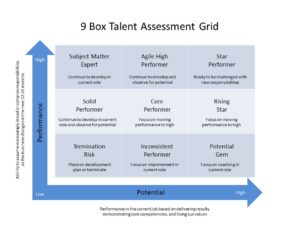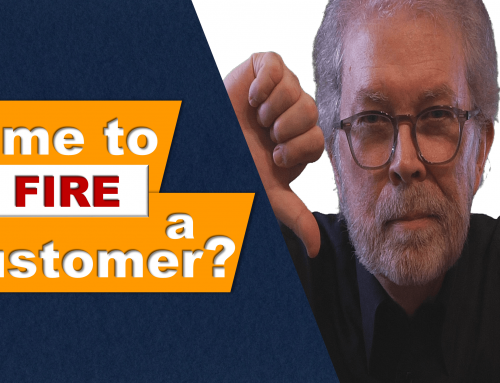My client Jay Cadler at Veris Manufacturing has a saying, “Never resting. Always investing.”
The National Basketball Association (NBA) Free Agency signing period is the ultimate example of that. The bell rings at 6:00 p.m. eastern on June 30, and every team enters the frenzy to lockup the players they want to keep and secure the ones that they believe can help them reach the next level of performance.
For NBA and organizational success junkies like me, it is one of my favorite times of the year. I love watching how teams prioritize what they need against what they can afford while 28 other teams are doing the same. Along the way, teams trade assets to make budgets work, make bets on the potential development of high-potential talent, change their priorities as other teams sign the talent they wanted, sometimes overpay for new team members, and sometimes watch talented players leave because they didn’t make them feel valued enough when they had the opportunity/ (I’m looking at you New York Knicks and Dallas Mavericks.)
When we slow down to think about it, we all do a version of that as we seek to retain and recruit our team. I doubt, however, that many of us do it with the level of intentionality as a sports franchise trying to build a championship team.
Instead of actively evaluating our team to make strategic upgrades, we live with the people we have until they leave or mess up enough that we fire them. We send our existing talent to training, but we don’t really have a personalized development plan that prepares them for the responsibilities we need them to grow into to help us win. We might think about having the talent we need to succeed today, but we don’t often think about the competencies and capabilities we will need in the future.
Do this now
When was the last time you completed a 9-Box assessment of your team?
If you aren’t sure what that means, a 9-Box assessment forces you to rate every team member on a combination of current performance and future potential. The result is a profile of your talent gaps and a target for future development.
One reason I hear for clients avoiding conscious, continuous talent upgrades is that they are to busy working on the job at hand to think about assembling a world-class team for the future. That is why we recommend a 9-Box exercise at least annually … usually as part of a strategic planning effort.
The opportunities to improve your organization’s results are directly tied to your ability to assemble a great team. You can either develop talent now or buy talent later. As we see during every NBA Free Agency period, it is always faster, better, and cheaper to develop talent than to buy it.
Randy Pennington helps leaders and organizations deliver positive results in a world of uncertainty and change. He is an award-winning author, speaker, and self-described organizational nerd. e. To learn more or to engage Randy for your organization, visit www.penningtongroup.com, email info@penningtongroup.com, or call 972–980–9857 (U.S.).






